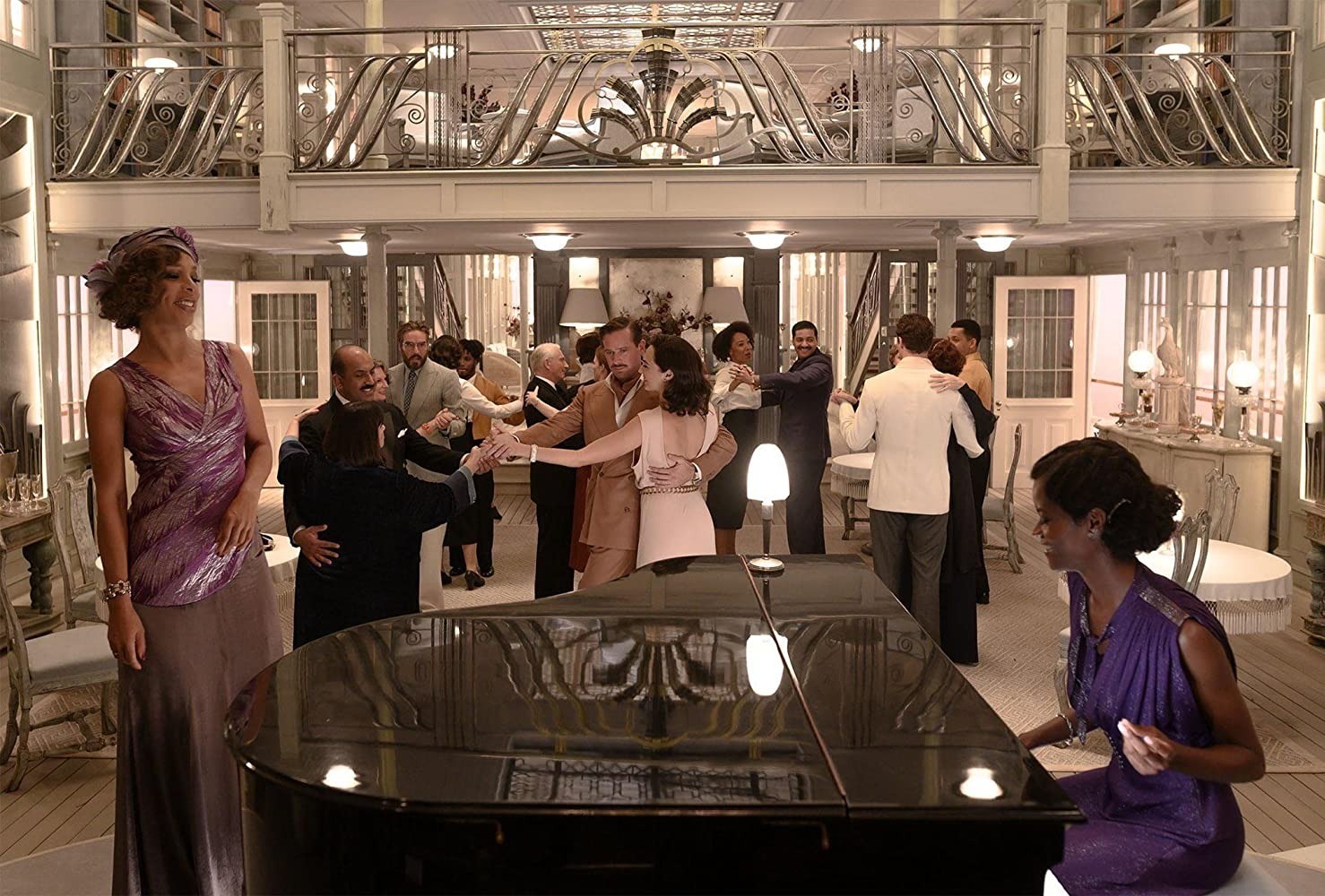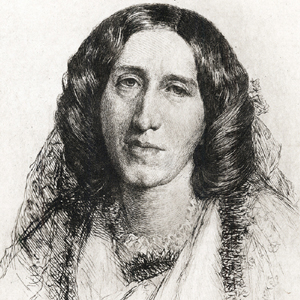
The best murder mysteries make the impossible possible. A corpse is found dead in a locked room, clearly killed by a third party who cannot have escaped but is also no longer inside. An unimpeachable witness sees a murderer striking down their victim in central London, while 12 others can prove that the culprit was eating dinner with them at that same moment, ten miles away in Wimbledon. A bride is found dead in her cabin on her Nile cruise honeymoon, while the two main suspects – her husband and his former fiancée – are both incapacitated and under close observation.
These are all scenarios from mystery novels published during the so-called Golden Age of detective fiction, usually defined as occurring between 1920 and 1940. And that last plot is from Death on the Nile, Agatha Christie’s iconic 1937 novel that has now been adapted into a glamorous, blockbuster film directed by and starring Kenneth Branagh. Even all these decades later, Christie’s story is still delightfully baffling. People can’t be in two places at once, nor can guns miraculously be fired through walls.
Although it continues to bewitch readers and cinema-goers alike in the 21st century, this story belongs to a tradition that reached its zenith in the two decades between the First and Second World Wars. A mania for puzzles of all sorts broke out in the British public and whodunnits like Death on the Nile were part of this broader trend.
As well as a boom in sales of crime fiction, crosswords, treasure hunts and word games all became hugely popular pastimes as people tried to throw off the hard years of the First World War by engaging their brains in a new way. Christie even managed to combine these enthusiasms when she was hired in 1930 by the Isle of Man tourist board to create a short story that was also a treasure hunt, in order to encourage visitors to the island. Her story “Manx Gold” was distributed in newspapers and as pamphlets to hotels so that visitors could follow the clues to real buried treasure hidden in snuffboxes around the island.
By the time the Golden Age was coming to a close with the advent of the Second World War, explaining away apparent impossibility was a staple of the crime novel. Death on the Nile isn’t strictly a full “impossible crime” or a “locked room” mystery – there are other potential suspects on the boat, for instance – but it does turn on that central impossibility of how someone could be in two places at once without the intervention of the supernatural.
Besides Christie, other Golden Age novelists like John Dickson Carr and Christianna Brand (known today for her “Nurse Matilda” books, adapted into the Nanny McPhee films) were turning out impeccably impossible mysteries that somehow eventually resolved into plausible explanations. Creating these plots required great precision and skill: in her 1947 book Suddenly at His Residence, Brand went so far as to keep the solution a secret until the very last sentence.
These writers were part of a pedigree that had its roots much further back than 1920, when Christie published her first detective novel. The origins of the impossible crime are inextricably connected to the very earliest whodunnits from the 19th century. As the form developed through the 1800s, it relied heavily on the advancing understanding of science to keep readers guessing: if a particular scientific idea was not well known by the public, then its revelation could be a surprising solution to a crime story.
***
Like many aspects of detective fiction, the origins of the impossible crime can be traced back to Edgar Allen Poe. There had been “impossible” events in fiction before him, of course – Gothic and sensation fiction are full of unexplained disappearances and manifestations – but it wasn’t until Poe’s story “The Murders in the Rue Morgue” was published in 1841 that the idea of a detective unravelling such a crime with logic and reason emerged. Poe’s sleuth C. Auguste Dupin solves the apparently unsolvable murder of two women, killed in a locked room on the fourth floor of a Parisian apartment building, with “ratiocination”, or logical deduction.
In the decades that followed, writers and police alike kept pace with science. The analysis of footprints, fingerprints, fabric fragments, bloodstains and more all appeared in the detective’s arsenal, and became clues that the creator of an impossible crime must explain away. Scientific knowledge became valuable currency for detective writers, through either extensive research or collaboration. The prolific Irish writer L. T. Meade, for instance, formed a literary partnership with the British medical doctor Robert Eustace in order to create crime stories that skirt the boundary between science fact and science fiction. In one tale from their 1899 collection The Brotherhood of the Seven Kings, there is a murder attempt by X-ray, with the victim sickening after being unknowingly exposed in his sleep night after night.
Arthur Conan Doyle, of course, is a titanic figure in mystery writing. Not all of the Sherlock Holmes stories feature impossible crimes – some are just old-fashioned whodunnits – but as a doctor himself, he couldn’t resist sometimes introducing his professional knowledge into his fiction. Conan Doyle’s most audacious use of a scientific idea to explain an impossible crime occurs in 1903’s “The Adventure of the Empty House”, in which Holmes and his sidekick Dr Watson are confronted with a shooting inside a locked room that cannot have been self inflicted. The victim’s window was open at the time of the murder, but nobody nearby heard the “boom” that a gun capable of shooting at such a distance would have made. The quiet sniper rifles used in the First World War and after were still a decade or more away; the police are baffled.
To solve the crime, Holmes uses himself as bait, setting up a dummy behind a well-lit blind in his Baker Street flat. He has the satisfaction of catching the shooter in the act with “an admirable and unique weapon, noiseless and of tremendous power”. It’s an unusual airgun of German manufacture. When its mechanism is pumped up to full pressure, it is capable of propelling a bullet over a great distance with almost no sound at all. The gun is such a curiosity that Holmes sends it to “embellish the Scotland Yard museum” once the culprit is safely in custody.
Once the 20th century was in full swing, writers found it much harder to find scientific solutions that would reliably baffle the reading public. The crime reporter Edgar Wallace fell foul of this problem when he tried his hand at mystery fiction with The Four Just Men in 1905. While the book was serialised in the Daily Mail, Wallace offered cash prizes for anyone who could work out the solution before the last chapter was published. Unfortunately, he didn’t put an upper limit on the number of winners, presumably believing that nobody would guess that electricity could be deployed as a murder weapon via telephone line. The resulting flood of correct solutions nearly bankrupted him and he had to sell the rights to the novel for £75 to recoup his losses.
The writers who took up the challenge of the impossible crime after that, such as G. K. Chesterton and R. Austin Freeman, began to move the genre on – away from the shock of new science and technology and towards the psychology of the people involved in crime. Stories like Chesterton’s “The Invisible Man” helped to lay the foundation for what would come with writers like Christie in the Golden Age. The invisible man isn’t invisible because of some special serum he’s drunk or because of some clever trick with a mirror, but because the unreliable, flawed people observing him can’t see him.
Christie built her writing career on this principle: the idea that truth can be out in plain sight, but ordinary observers are so blinkered by their assumptions and prejudices that they can be fooled into not seeing it. That’s why stories like Death on the Nile are still being adapted and retold today. It doesn’t matter how many times we experience the reveal – turning something fantastically impossible into a mundane possibility never ceases to amaze.
This article is from the New Humanist winter 2020 edition. Subscribe today.

